
Looking out the windows of Winter Stew HQ this afternoon, I noticed a lack of gray clouds and oppressive sleet. I explored further. A massive, burning orb had appeared overhead. It seemed to be issuing warmth of its own accord. How strange.
Back inside, I considered life with a source of warmth other than the bubbling pot on the stove and the friends gathered around it. I immediately thought of avgolemono, a Greek stew flavored with lemon and thickened with eggs. Avgolemono is perfectly suited to evenings when you know warmer climes are coming, but haven't quite arrived.
One of the most frequently asked questions submitted to the Stew Desk inbox is "what's the difference between a soup and a stew?" To that question, friends, there is no easy answer. When I think of "stew," I think of a thick, rich liquid, in which are suspended hearty chunks of meat and vegetables cooked until tender and delicious. And since I'm the stew correspondent, what I say goes.
Avgolemono sits squarely in the center of the stew/soup continuum. It's fresh and lemony. But I would argue that there's a whole chicken boiled for an hour, which puts this recipe decisively in stew territory — not to mention the rich broth thickened with creamy beaten eggs. But you can easily omit the chicken and some of the rice, creating a smooth, velvety soup.
Avgolemono
Recipe adapted from Max and Eli Sussman's This Is a Cookbook.
INGREDIENTS
1 whole chicken, 3-4 pounds
2 32-ounce containers of good chicken stock (or use homemade!)
1½ cups long-grain white rice (or you can try orzo for extra Greekiness)
4 large eggs, yolks and whites separated
3 lemons, juiced
Chopped fresh parsley for garnish
4 or 5 strips of bacon, fried and crumbled
Kosher salt and ground black pepper
PROCEDURE
1. Rinse the chicken (and remove any gizzards or other fun organs from inside), and put it in a large pot or Dutch oven.
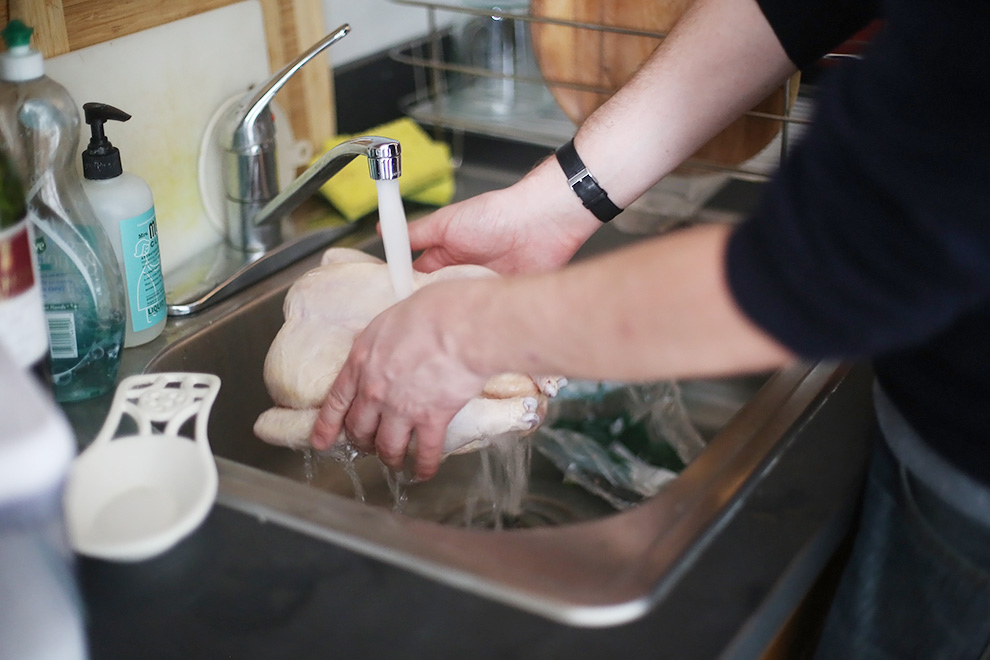
2. Pour in the chicken stock — it should nearly submerge the whole bird. If just the tips of the legs and breasts are above the stock, that's fine. If it looks like it needs more, you can add more stock or water.
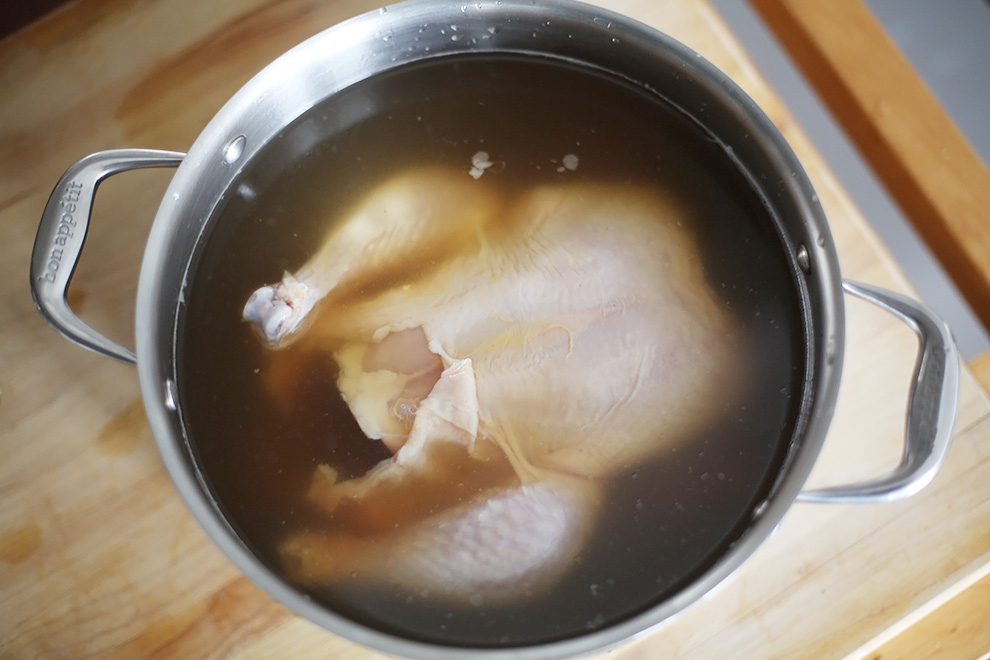

3. Bring this to a boil. Once it's boiling, lower the heat, skim the fat, and simmer, partially covered, for 30 minutes.
4. After 30 minutes, skim the foam again, carefully turn the bird over, and boil for another 20-30 minutes. When it's done, the flesh should be firm, and the whole thing should basically be falling apart.
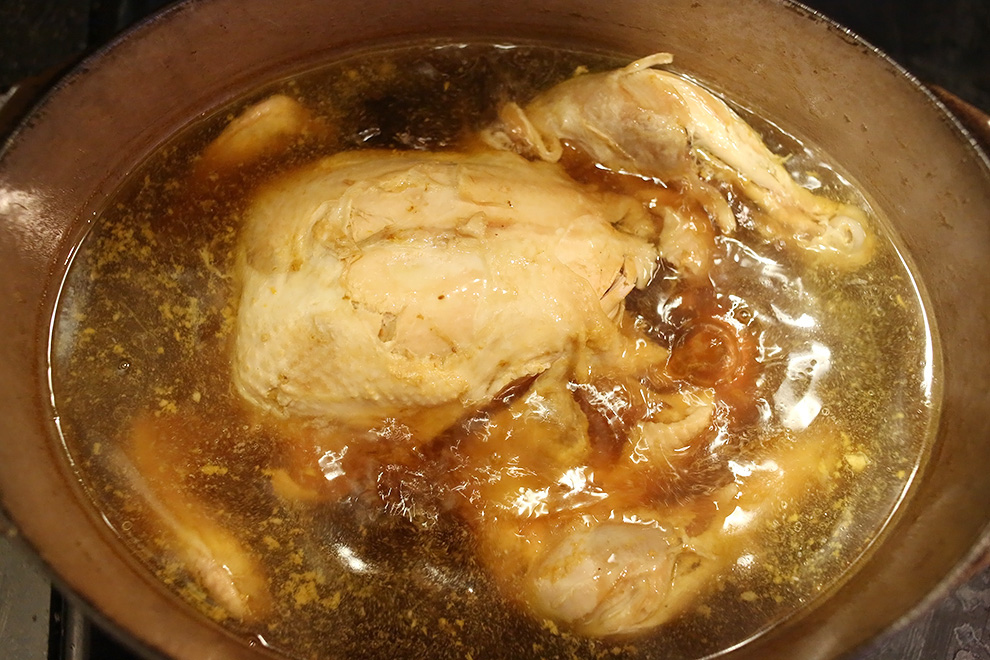
5. Remove the cooked chicken to a plate. When it's cool enough to handle, pull the meat from the bones with a fork and put it in a bowl, discarding the skin.
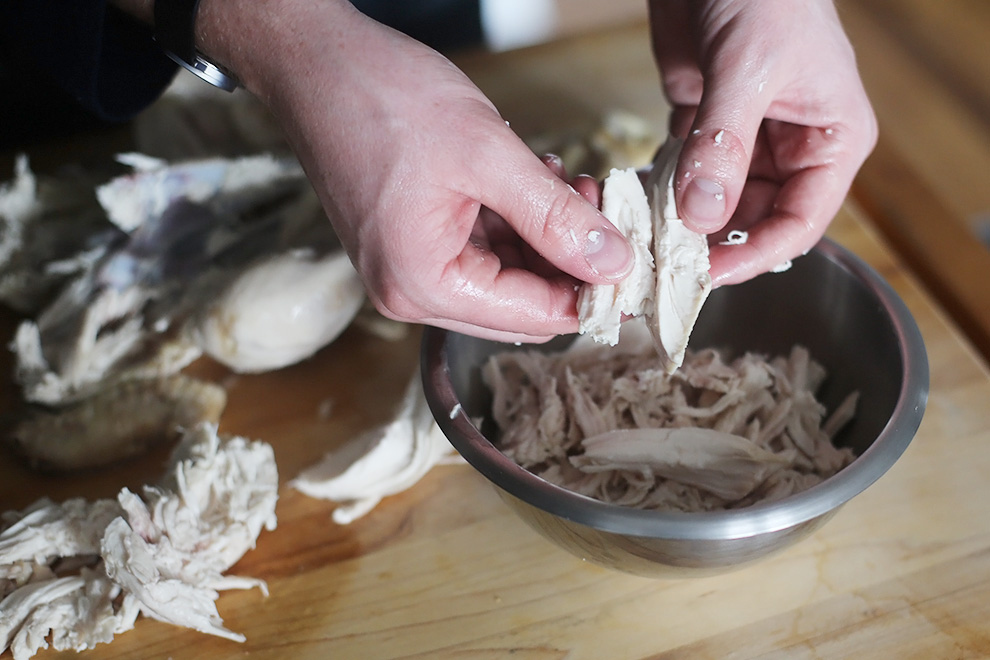
6. Remove any large pieces of skin or fat remaining in what is now an extremely tasty, ultra-concentrated pot of stock, and then add the rice. Cover partially and return to a simmer on low heat.
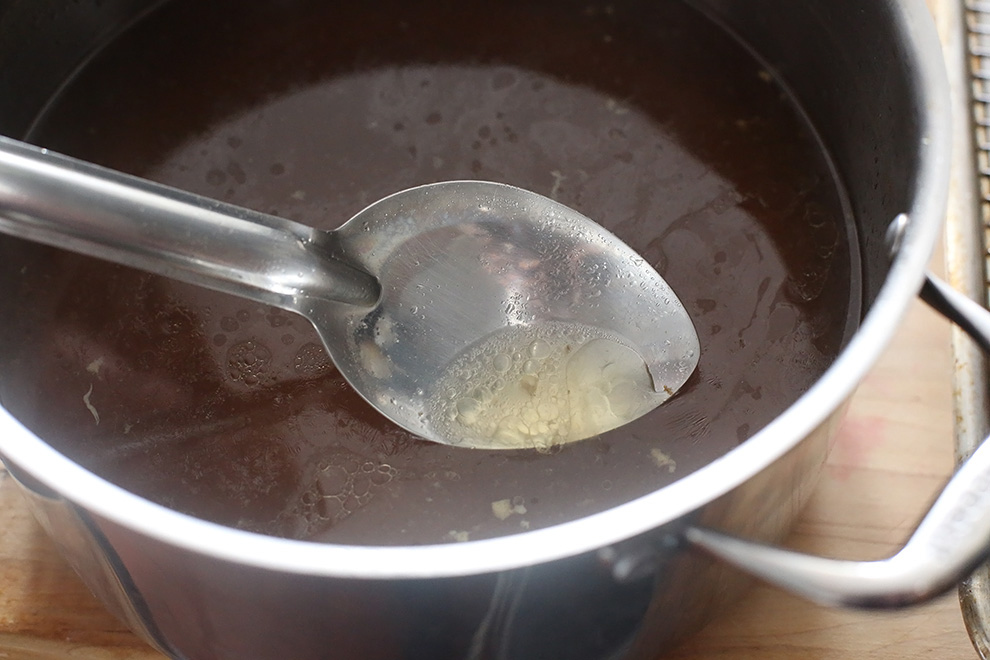
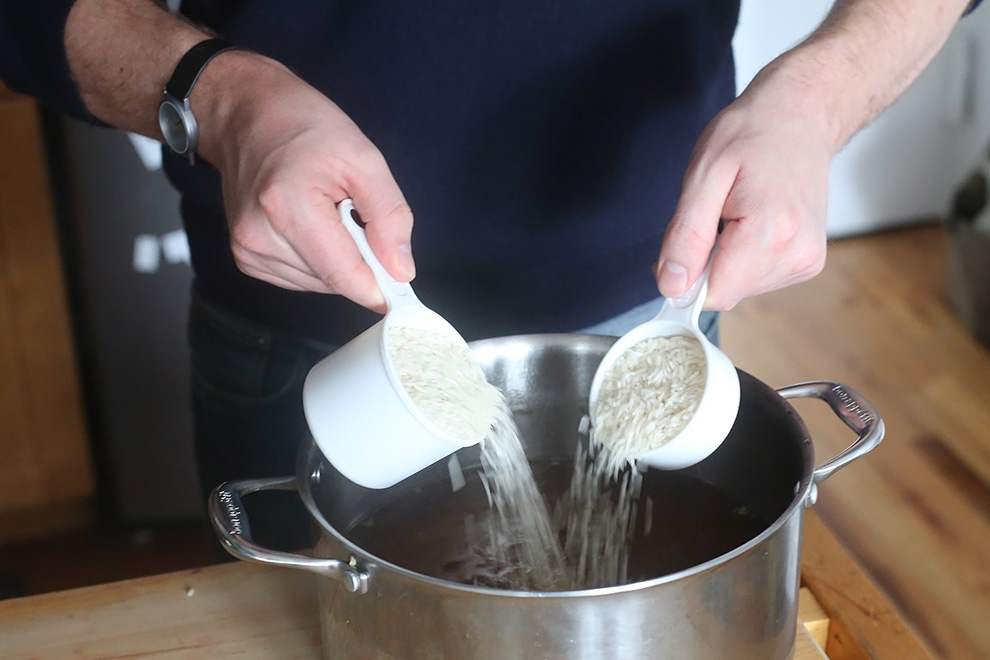
7. Taste the rice after 8 minutes or so in the stock — it could take as long as 15-20 minutes to cook, but you DON'T want to overcook it, lest your avgolemono turn pasty. So turn off the heat when the rice is just slightly firmer/crunchier than you would typically eat — it will soften a bit more before you're done.
8. While the rice is cooking, beat the egg whites with an electric mixer or a good old-fashioned whisk until they start to come together into white, foamy peaks. Then add the lemon juice and egg yolks and continue to beat until mixed together.
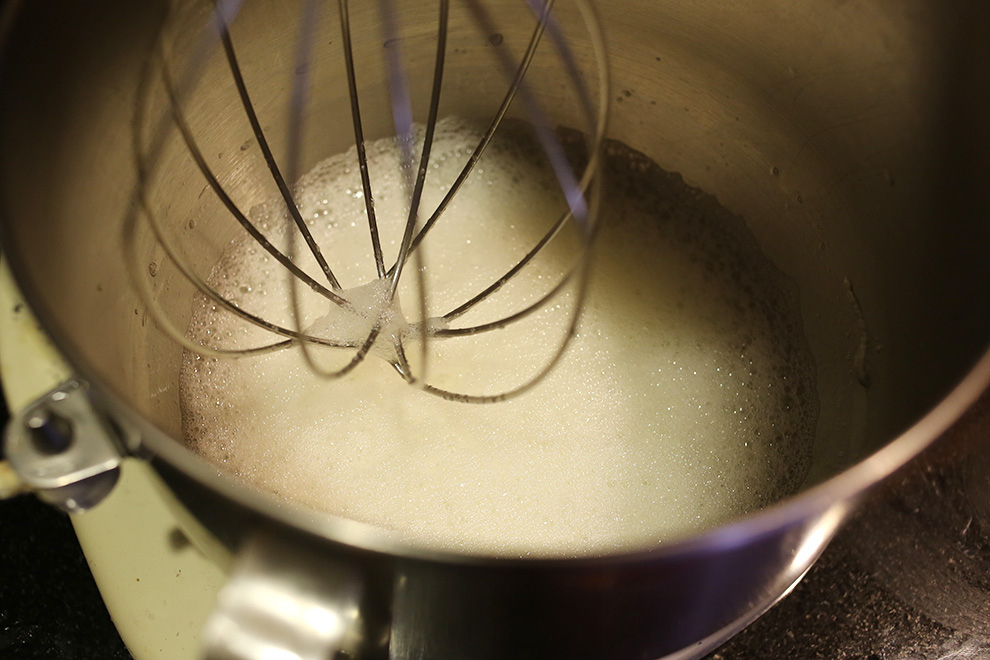
9. When the rice is done, turn off the heat and slowly add a ladleful of hot broth to the egg-lemon mixture, whisking constantly. Then do this two or three more times, slowly and steadily, until the egg mixture is nice and warm. Don't do anything too fast here, or your eggs will scramble!

10. Add the shredded chicken and the egg-lemon sauce into the pot and stir, seasoning with a little bit of salt (it won't need much with the acid from the lemons) and plenty of black pepper (but don't be shy here with the pepper). Sprinkle crumbled bacon and chopped parsley over the top and serve, preferably dancing around some sort of spring Maypole.
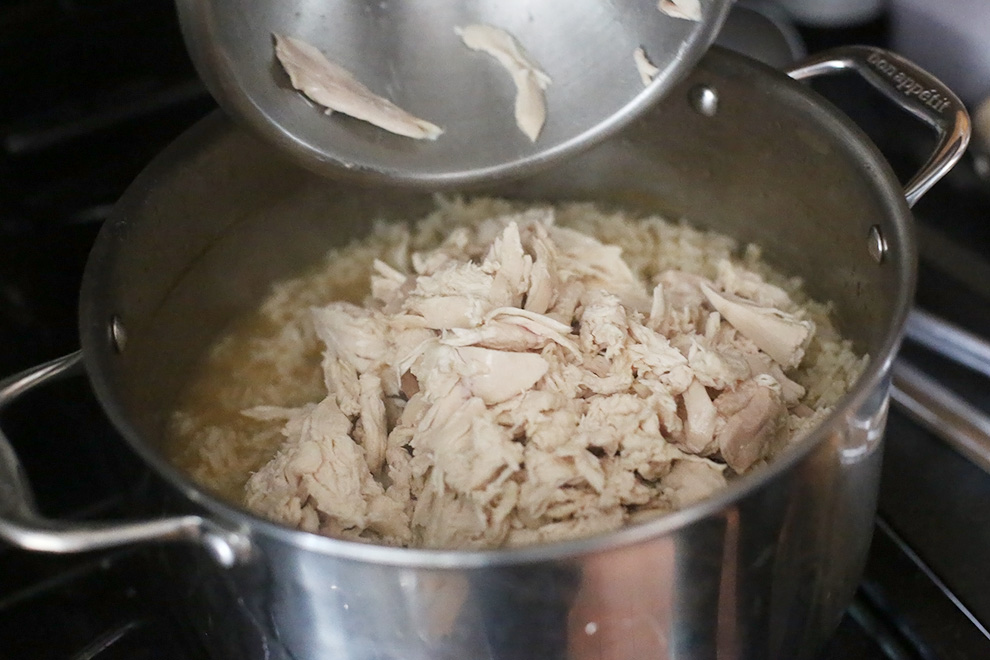


And there you have it. This is your Winter Stew Correspondent, signing off from the hearth. Good night, and good stewing. (If it's still cold where you are, you can relive the cozy warmth of previous stew reports here.)
